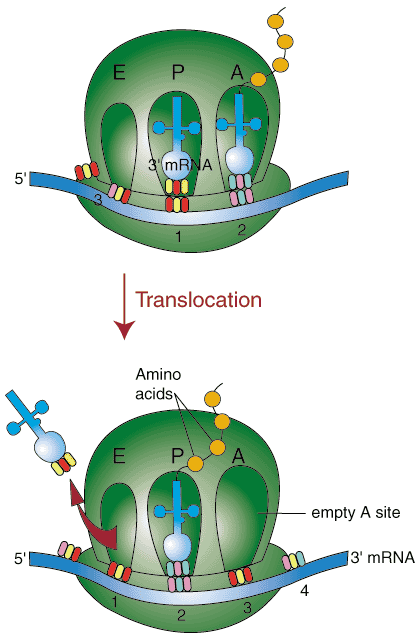Suggestions
Use up and down arrows to review and enter to select.Please wait while we process your payment
If you don't see it, please check your spam folder. Sometimes it can end up there.
If you don't see it, please check your spam folder. Sometimes it can end up there.
Please wait while we process your payment

By signing up you agree to our terms and privacy policy.
Don’t have an account? Subscribe now
Create Your Account
Sign up for your FREE 7-day trial
Already have an account? Log in
Your Email
Choose Your Plan
Individual
Group Discount
Save over 50% with a SparkNotes PLUS Annual Plan!
 payment page
payment page
Purchasing SparkNotes PLUS for a group?
Get Annual Plans at a discount when you buy 2 or more!
Price
$24.99 $18.74 /subscription + tax
Subtotal $37.48 + tax
Save 25% on 2-49 accounts
Save 30% on 50-99 accounts
Want 100 or more? Contact us for a customized plan.
 payment page
payment page
Your Plan
Payment Details
Payment Summary
SparkNotes Plus
You'll be billed after your free trial ends.
7-Day Free Trial
Not Applicable
Renews April 22, 2024 April 15, 2024
Discounts (applied to next billing)
DUE NOW
US $0.00
SNPLUSROCKS20 | 20% Discount
This is not a valid promo code.
Discount Code (one code per order)
SparkNotes PLUS Annual Plan - Group Discount
Qty: 00
SparkNotes Plus subscription is $4.99/month or $24.99/year as selected above. The free trial period is the first 7 days of your subscription. TO CANCEL YOUR SUBSCRIPTION AND AVOID BEING CHARGED, YOU MUST CANCEL BEFORE THE END OF THE FREE TRIAL PERIOD. You may cancel your subscription on your Subscription and Billing page or contact Customer Support at custserv@bn.com. Your subscription will continue automatically once the free trial period is over. Free trial is available to new customers only.
Choose Your Plan
For the next 7 days, you'll have access to awesome PLUS stuff like AP English test prep, No Fear Shakespeare translations and audio, a note-taking tool, personalized dashboard, & much more!
You’ve successfully purchased a group discount. Your group members can use the joining link below to redeem their group membership. You'll also receive an email with the link.
Members will be prompted to log in or create an account to redeem their group membership.
Thanks for creating a SparkNotes account! Continue to start your free trial.
We're sorry, we could not create your account. SparkNotes PLUS is not available in your country. See what countries we’re in.
There was an error creating your account. Please check your payment details and try again.
Please wait while we process your payment

Your PLUS subscription has expired
Please wait while we process your payment
Please wait while we process your payment

Translation involves three steps:
Translation begins with the binding of the small ribosomal subunit to a specific sequence on the mRNA chain. The small subunit binds via complementary base pairing between one of its internal subunits and the ribosome binding site, a sequence of about ten nucleotides on the mRNA located anywhere from 5 and 11 nucleotides from the initiating codon, AUG.

Once the small subunit has bound, a special tRNA molecule, called N-formyl methionine, or fMet, recognizes and binds to the initiator codon. Next, the large subunit binds, forming what is known as the initiation complex. With the formation of the initiation complex, the fMet-tRNA occupies the P site of the ribosome and the A site is left empty. This entire initiation process is facilitated by extra proteins, called initiation factors that help with the binding of ribosomal subunits and tRNA to the mRNA chain.
With the formation of the complex containing fMet-tRNA in the peptidyl site, an aminoacyl tRNA with the complementary anticodon sequence can bind to the mRNA passing through the acceptor site. This binding is aided by elongation factors that are dependent upon the energy from the hydrolysis of GTP. Elongation factors go through a cycle to regenerate GTP after its hydrolysis.
Now, with tRNA bearing a chain of amino acids in the p site and tRNA containing a single amino acid in the A site, the addition of a link to the chain can be made. This addition occurs through the formation of a peptide bond, the nitrogen-carbon bond that forms between amino acid subunits to form a polypeptide chain. This bond is catalyzed by the enzyme peptidyl transferase.

The peptide bond occurs between the carboxyl group on the lowest link in the
peptide chain located at the p site and the amine group on the amino acid in the
A group. As a result, the peptide chain shifts over to the A site, with the
original amino acid on the A site as the lowest link in the chain. The tRNA in
the A site becomes peptidyl RNA, and shifts over to the P site. Meanwhile,
the ribosome engages in a process called translocation: spurred by
elongation factors, the ribosome moves three nucleotides in the 3' prime
direction along the mRNA. In other words, the ribosome moves so that a new mRNA
codon is accessible in the A site.

Please wait while we process your payment

